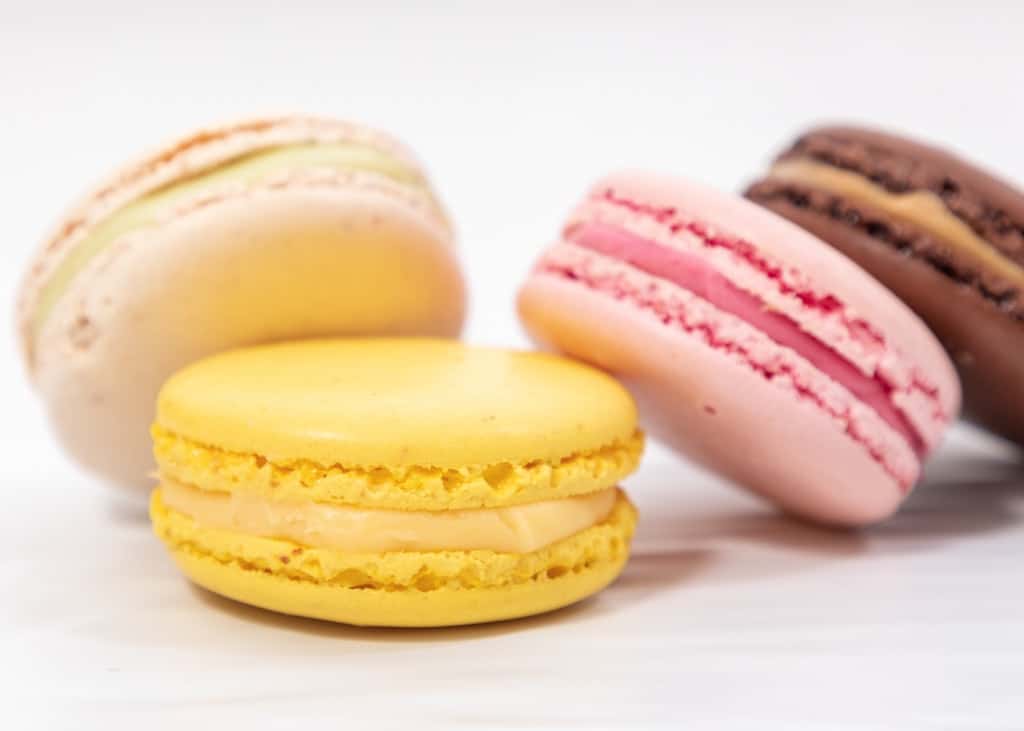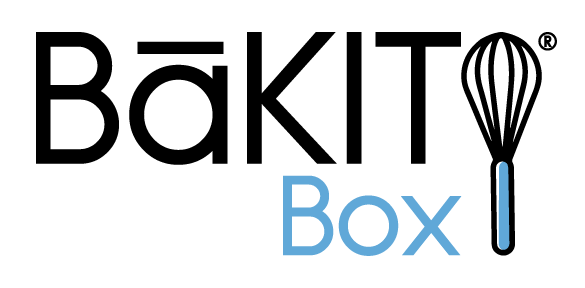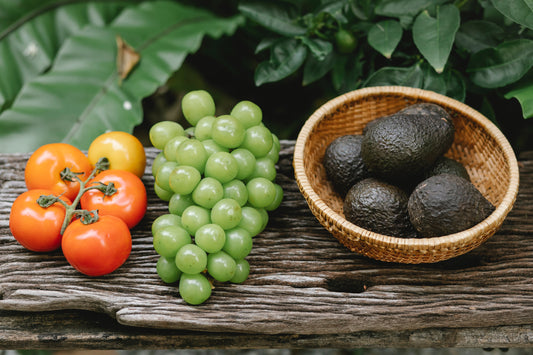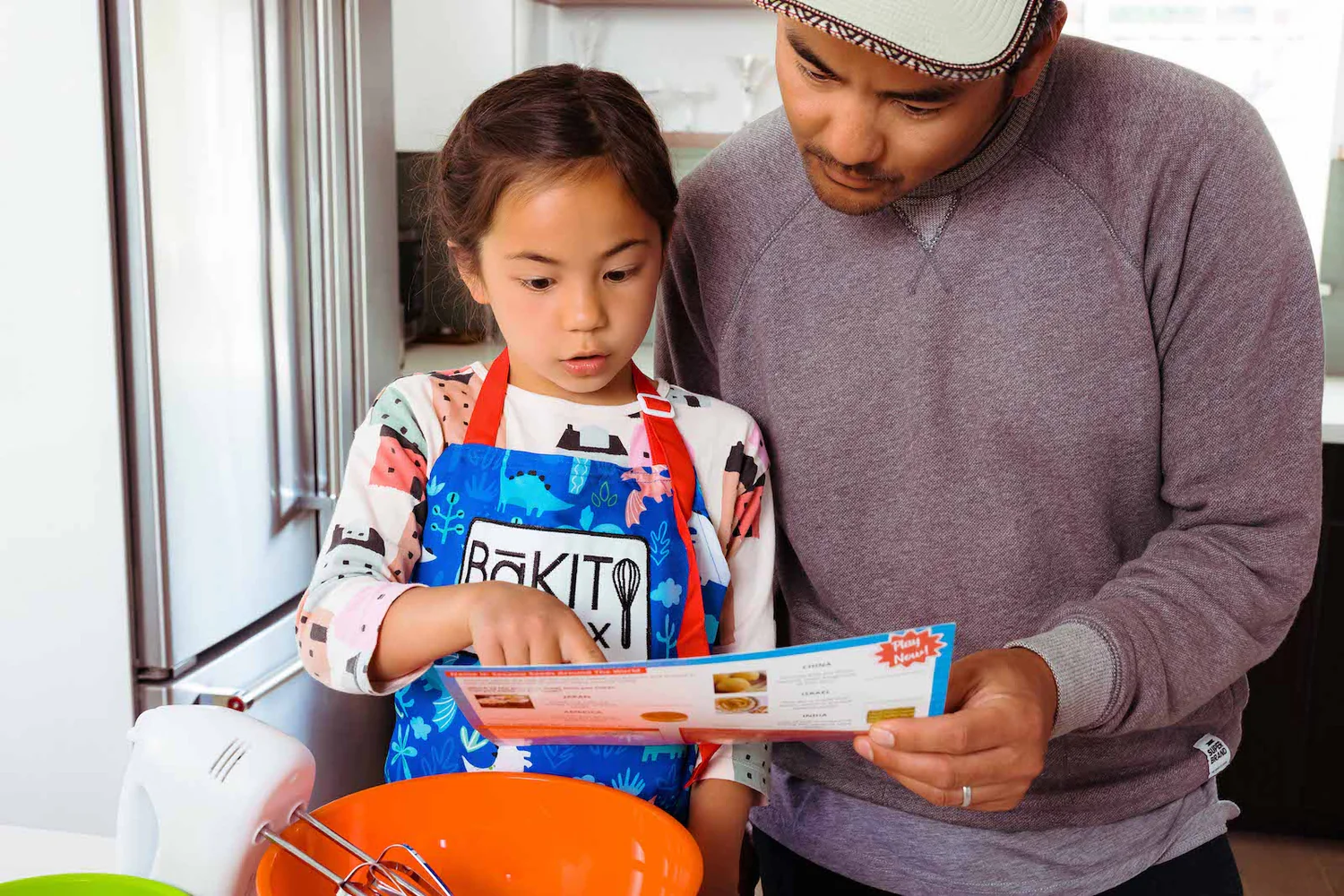What is a Macaron?
 A macaron (pronounced mac-ar-ON; the last syllable sounds like the last syllable in “heron”) is a delicate meringue cookie made with egg whites, sugar, vanilla, salt, ground almonds, and food coloring. They are filled with jam or fruit curd, ganache, or buttercream. The food coloring in the cookie typically denotes which flavor the filling is—green is pistachio, pink is strawberry, et cetera.
A macaron (pronounced mac-ar-ON; the last syllable sounds like the last syllable in “heron”) is a delicate meringue cookie made with egg whites, sugar, vanilla, salt, ground almonds, and food coloring. They are filled with jam or fruit curd, ganache, or buttercream. The food coloring in the cookie typically denotes which flavor the filling is—green is pistachio, pink is strawberry, et cetera.
What is a Macaroon?
 Similar to macarons, macaroons are made with a base of egg whites, sugar, vanilla, and salt. In lieu of ground almonds, macaroons substitute coconut flakes, and they end up looking like tiny haystacks.
Similar to macarons, macaroons are made with a base of egg whites, sugar, vanilla, and salt. In lieu of ground almonds, macaroons substitute coconut flakes, and they end up looking like tiny haystacks.
A Brief History of Macaro(o)ns
Among the few similarities macarons and macaroons share is their origin. Both treats were first invented in Italy, and are descendants of an Italian cookie made with almonds and—you guessed it—egg whites and sugar. Their names derive from the Italian word for fine dough, “maccherone.” (Macaroni is also a derivative of this word!) They were originally baked in Venetian monasteries during the 8th century, and intended to look like a priest’s belly button. Fortunately, that trend didn’t make it to the modern era.The History of Macarons
So, how did macarons, the famously French cookies, get from Italy to France? Some scholars believe that when Florentine noblewoman Catherine de Medici went to France in 1533 to marry King Henry II, she brought her pastry chefs, and the recipe for macarons, along with her. They didn’t exactly look like the pastel-colored macarons of today. 16th century macarons were made with almond paste, rather than almond flour, and didn’t have any special flavors or ganache. A pair of Benedictine nuns popularized the cookies outside of the royal court after being driven out of their convent during the French Revolution, and began baking macarons to make ends meet. Flash forward to the early 1900s, and the macarons we know and love were developed by Parisian bakery Lauderée. Macarons replaced cupcakes as the trendy American dessert in the 2010s thanks to pop culture influences like the hit show Gossip Girl.The History of Macaroons
The earliest iteration of macaroons, which contained almonds, were adopted by Italian Jews because they were able to eat these unleavened delicacies during Passover. It wasn’t until dried coconut became widely available during the 19th century that bakers substituted coconut for almonds because it made the cookies more shelf-stable. This is partially thanks to Francis Baker, a flour miller in Philadelphia who received a boatload of coconuts from Cuba in 1894 as payment for a shipment of flour. This began his foray into the coconut business. Baker then bought a small coconut distributor in Philadelphia that was about to close and started importing coconuts. He discovered that shredded and dried coconut meat was more shelf-stable, and thus the only way to distribute his product while preventing spoilage. Canned coconut macaroons became a staple in the Kosher food aisle in North America, and a popular Passover dessert. In more recent years, many Americans have turned to homemade or bakery-made versions of coconut macaroons. Many flavor variations exist, and chocolate-dipped macaroons are especially common. Like their French counterparts, macaroons have become a popular gluten free dessert.Ingredients for Making Macarons
Baking macarons is not for the faint of heart—it requires lots of precision and practice. They’re not likely to turn out perfect on the first try, so be patient! First off, gather your ingredients. Most macaron recipes call for the following:- Egg whites: Specifically, aged egg whites. Separate your yolks from your whites, and set aside the egg whites in the refrigerator for at least a day before you start baking. This improves their elasticity during the whipping process. To create even stiffer peaks in your egg whites, you may add cream of tartar, which helps prevent the egg whites from collapsing.
- Superfine sugar: Finer than granulated sugar, but less fine than confectioner’s sugar. You can make this yourself by pulsing the sugar in a blender or food processor.
- Almond flour
- Confectioner’s sugar
- Food coloring: Gel food coloring only, because liquid food coloring can change the consistency of your macaron shells.
Ingredients for Making Macaroons
Coconut macaroons are much easier to make than French macarons, but they still require a lot of finesse. Here’s what you need to bake macaroons:- Unsweetened, shredded coconut: If the recipe you use calls for sweetened dried coconut, you likely won’t need to add sugar to the mix.
- Egg whites: Again, aging your egg whites will work in your favor, as it’ll make your macaroons airier.
- Granulated Sugar






